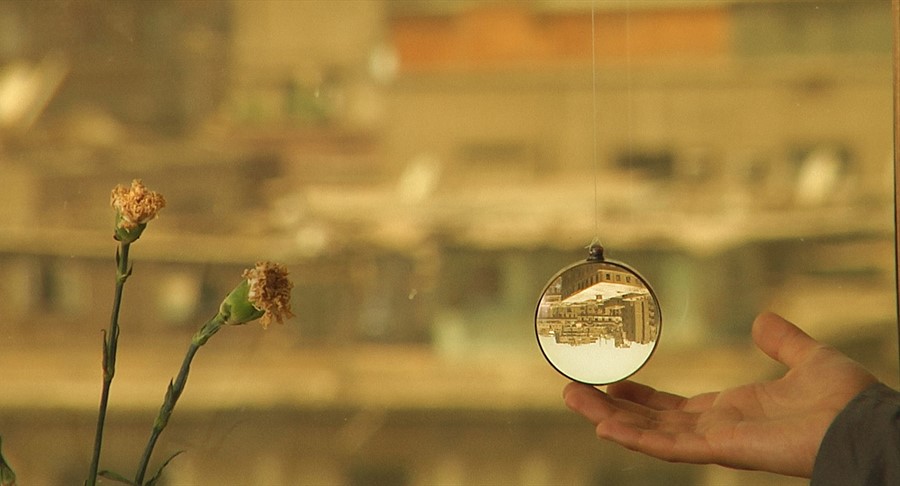Ahead of Valentine's Day, we spotlight our favourite filmic odes to urban life
It’s become a cliché to say that a city is another character in a movie – but some directors are so entwined with their home streets that these inseparably breathe through their imaginary worlds. In their power as receptacles of memory and their overwhelming visual specificity, at once familiar yet always refusing to stay frozen in place, cities have as much hold over us as people do. And as we all know, there’s nothing more cinematic than nostalgia and longing. Dream your way through the February blues to elsewhere with ten of the most vivid, evocative portrayals of cities on film...
In The Last Days Of The City (2016)
The walls, alleys and skylines of downtown Cairo, often bathed in the fading light of sunset, dominate this piercingly melancholy yet stirring portrait of the Egyptian capital by its director Tamer El Said. In its eye for rich visual detail, it also captures didactic stickers in elevators and other strictures inscribed in a cityscape noisy with signals. It centres on a filmmaker (played by Khaled Abdalla) who is trying to make a film about the city he loves, even as he’s worn down by the drudgery of everyday life (he’s struggling to find an apartment to rent, and the woman he’s not yet over is leaving town). His artist friends in Baghdad and Beirut share their emotionally complex quandaries on whether or not to emigrate. It’s before the 2011 revolution, and as unrest stirs in the streets against Mubarak’s regime, an air of endings is in the air.
In the Last Days of the City will premiere at the Berlin International Film Festival this month.
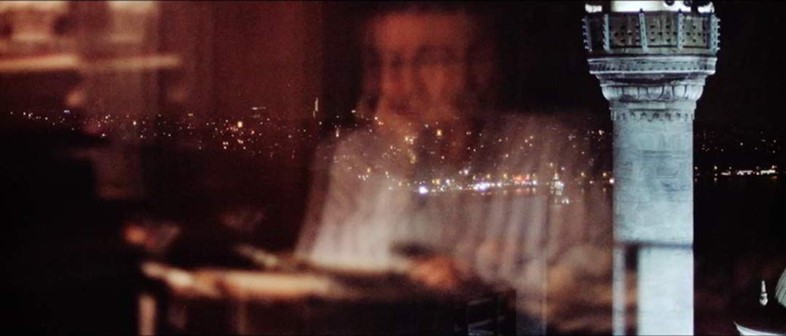
Innocence Of Memories (2015)
Turkish novelist Orhan Pamuk has said your city is like the body you’re born with, as you express yourself through it. A new film based on his book The Museum of Innocence glides through the nighttime streets of Istanbul as it tells the tale of the consuming 70s love affair between wealthy Kemal and Fusun, the shop assistant he encounters while buying a handbag for his fiancé. He comes to see the city as a “galaxy of signs” reminding him of her. He obsessively keeps thousands of cigarette butts and other objects linked to their time together. Pamuk filled an actual museum with these mementos of fictional love, and footage of this shrine to memory and storytelling is woven into the gorgeously sad, multi-layered film. The Nobel Prize-winner collaborated on the film with director Grant Gee, who previously brought to the screen in Patience (After Sebald), the philosophical musings on a walking tour of another writer and collector of incident, W. G. Sebald.
Innocence of Memories opens in the UK on 29 January.
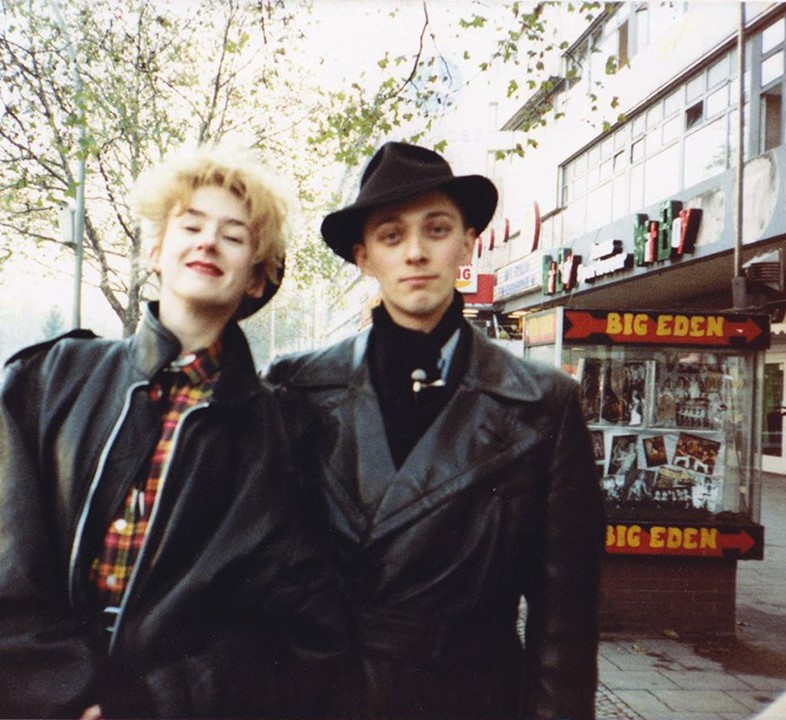
B-Movie: Lust And Sound In West Berlin (2015)
In 1978, music fanatic Mark Reeder called time on living in Thatcher’s Manchester and moved to Berlin. It was the still-divided city’s counter-culture heyday, when he could squat in a sprawling apartment for free and the air was bristling with transformative experimentation, not to mention the legendary hedonism of its late-night bars. As the Factory Records rep in Germany, with feet in the New Wave avant-garde and burgeoning electronic music scenes of the 80s, Reeder amassed an extensive collection of raw and candid footage of his friends in the underground, from Blixa Bargeld to all-girl industrial band Malaria! Directors Klaus Maeck (who wrote cult noise-freak film Decoder), Jorg A. Hoppe and Heiko Lange have mined the material from those old VHS tapes and the likeably chatty and unassuming Reeder narrates, guiding us around this old Berlin of legend.
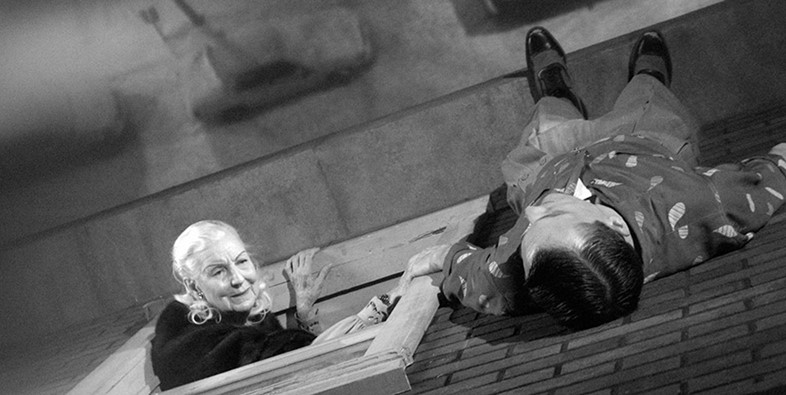
My Winnipeg (2007)
Through the lens of Guy Maddin’s memory and surrealist imagination, the local history of Winnipeg takes many bizarre, irreverent twists. The director tried to “film his way out” of his snowy home city and its hold over him, renting his childhood house for the shoot and making this “docu-fantasia” with actors playing his family (including 40s Hollywood femme fatale Ann Savage as his overbearing mother). Echoing the visual style of old silent-era movies, he indulges theatrical outrage and vibrant description in recalling civic injustices wrought on the town, including the demolition of the iconic old Eaton’s department store and construction of an ice-hockey arena on the site. In his vision, all inhabitants of this “sleepwalking capital of the world” carry around the keys to their former homes in case they return while dreaming.
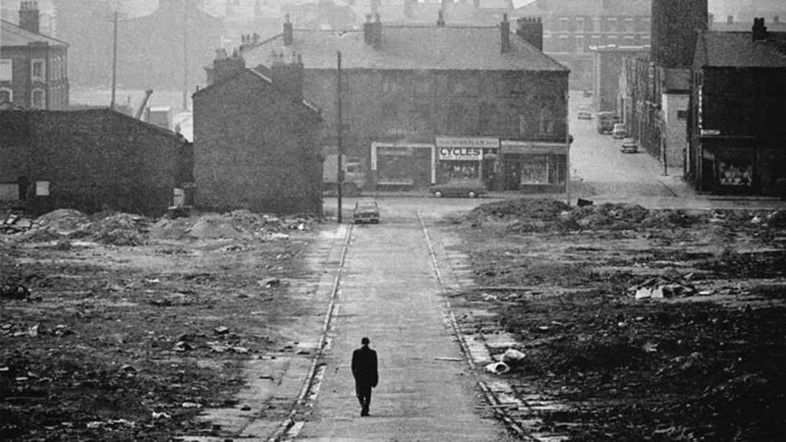
Of Time And The City (2008)
Terence Davies blends tender emotion with deliciously irreverent, savage wit in his highly personal and poetic documentary-collage of Liverpool, which mourns how much the city has changed since he grew up there. “We leave the place we love, then spend a lifetime trying to regain it,” he says in voiceover. As narrator, he shares vivid memories of his boyhood alongside fragments from poets such as TS Eliot. Despite his piercing nostalgia he doesn’t rose-tint the northern city’s past, as his scathing attack on the British class system shows the post-war squalor of crowded slums still under rationing while the Queen got married in a dress laden with 10,000 pearls, and he recalls the guilt and fear instilled in him by priests over his sexual identity in the icon-filled churches (one of which, he sardonically observes, is now a cocktail bar).
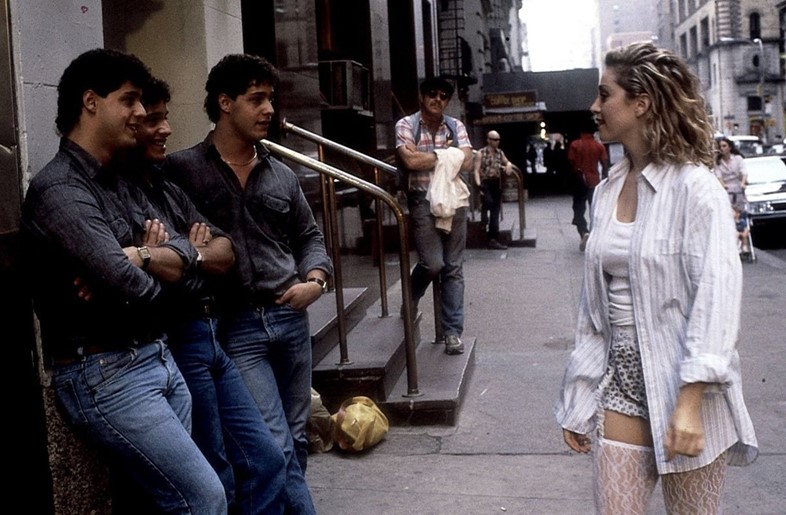
Desperately Seeking Susan (1985)
Cinema’s love for the Big Apple has led to some of the most amorous odes to a city on film. While Woody Allen’s 1979 Manhattan and its iconic necklace-lighted bridge image was steeped in classic romance for NYC, a few years later director Susan Seidelman gave us something a lot hipper. Her low-budget screwball comedy hit captured the zeitgeist of downtown 80s New York, painting it as an urban wonderland of risk and magical reinvention as seen through the eyes of dissatisfied New Jersey housewife Roberta (Rosanna Arquette). She lives vicariously through the personal classifieds through which a musician arranges to meet his New Wave con-artist girlfriend Susan (Madonna) in Battery Park. Like Alice down the rabbit hole, Roberta launches into this world of adventure by an amnesiac knock on the head and slipping on Susan’s gold pyramid thrift-store jacket. If that wasn't enough, the flick was soundtracked by Into the Groove, the club sequence was shot inside famed Danceteria, where Madonna launched her career.
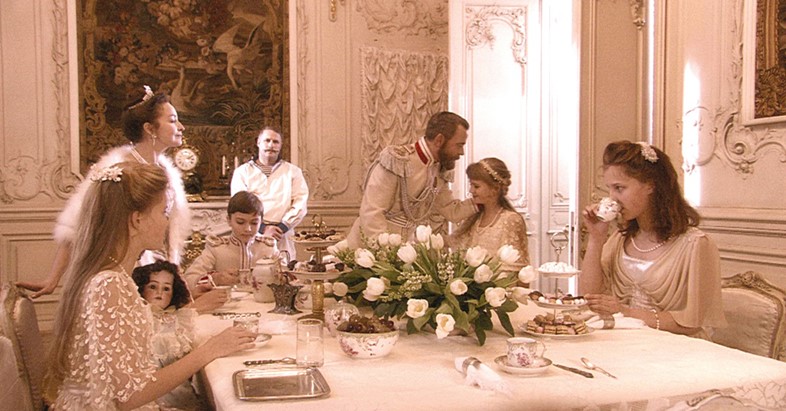
Russian Ark (2002)
Shot in the Winter Palace of St Petersburg’s Hermitage, one of the world’s most revered museums and a receptacle of cultural identity, Alexander Sokurov’s masterpiece consists of a single, unedited shot and has won much praise as an audacious technical feat. Its narrator ghost muses on Russia’s essence as he drifts through 300 years of the city’s history, including the last imperial ball of 1913 and the 900-day wartime siege, during which a citizen builds his own coffin. That devastating blockade was instrumental in defining the city – then known as Leningrad – its fortitude and its strained participation in Europe. The auteur’s compatriot Tarkovsky once said that Russians are fatally attached to their roots, and Sokurov’s deep personal investment in the St Petersburg he lives in enlivens the film’s every frame.
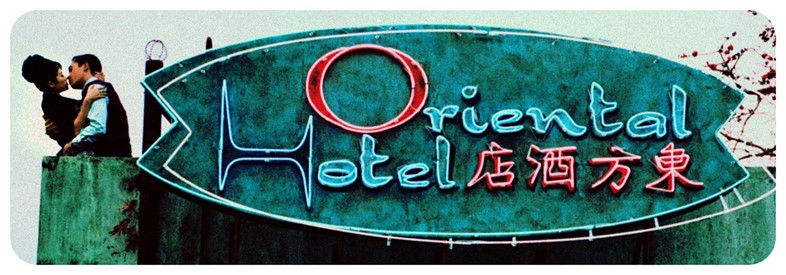
2046 (2004)
The title of Wong Kar Wai’s sequel to In the Mood for Love references a hotel-room number, and the eve of Hong Kong’s 2047 handover from British sovereignty back to China. It’s not clear how much he intended it to be a parable about the fate of the high-rise metropolis, but the enigmatic film is drenched in the kind of evocative nostalgia and sadness that only applies to departed lovers and cities once familiar but transformed beyond recognition. Still mourning, his doomed longing for married Su (Maggie Cheung), writer Chow (Tony Leung) returns to Hong Kong and seeks distraction in a number of liaisons with beautiful women. The gorgeous composition and moody texture of setting is everything. Doorways and draperies frame encounters, intertwined with sci-fi sequences from the novel Chow is writing in which lonely souls on a vast railway network try to reach 2046 – where it’s said nothing changes, so there is never loss.
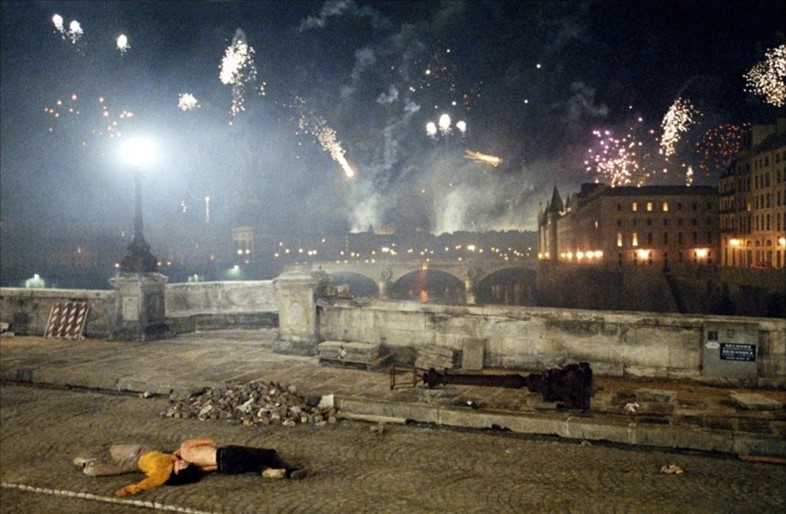
Lovers On The Bridge (1991)
Where else but Paris could this delirious down-and-out romance between Denis Lavant as a boozy fire-eater and Juliette Binoche as an art student who’s going blind be set? The affair between the two vagrants burns bright amid the shabby elegance, streetlights and rubble of the Pont Neuf, the city’s oldest bridge (grandiosely recreated with a scandalously high budget), which is closed for repairs and on which they live. Though she’s haunted by a past break-up and her failing vision and he is consumed by suspicious jealousy, director Leos Carax sets the film ablaze with a taste for reckless, fevered extravagance, enlisting the city’s Bicentennial fireworks as a backdrop and igniting all the ecstatic charm of this capital of love and cinema.

Play It As It Lays (1972)
Joan Didion’s quintessential L.A. novel was not so much a love letter as an acid-penned take-down of the amoral, isolating void at the heart of the corrupted and toxic celebrity scene. The devastatingly cynical 1970 book was adapted into a cult classic directed by Frank Perry and stars Tuesday Weld as Maria, a troubled and jaded actress who recounts her life in flashback while in the fragile aftermath of a mental breakdown. She compulsively drives around the city’s freeways in her yellow Corvette, her numb sense of purposelessness and string of meaningless hook-ups in Beverly Hills pads with swanky pools reflected in the aimlessness of her path through these circling road networks, aerial shots capturing their impersonal vastness.
